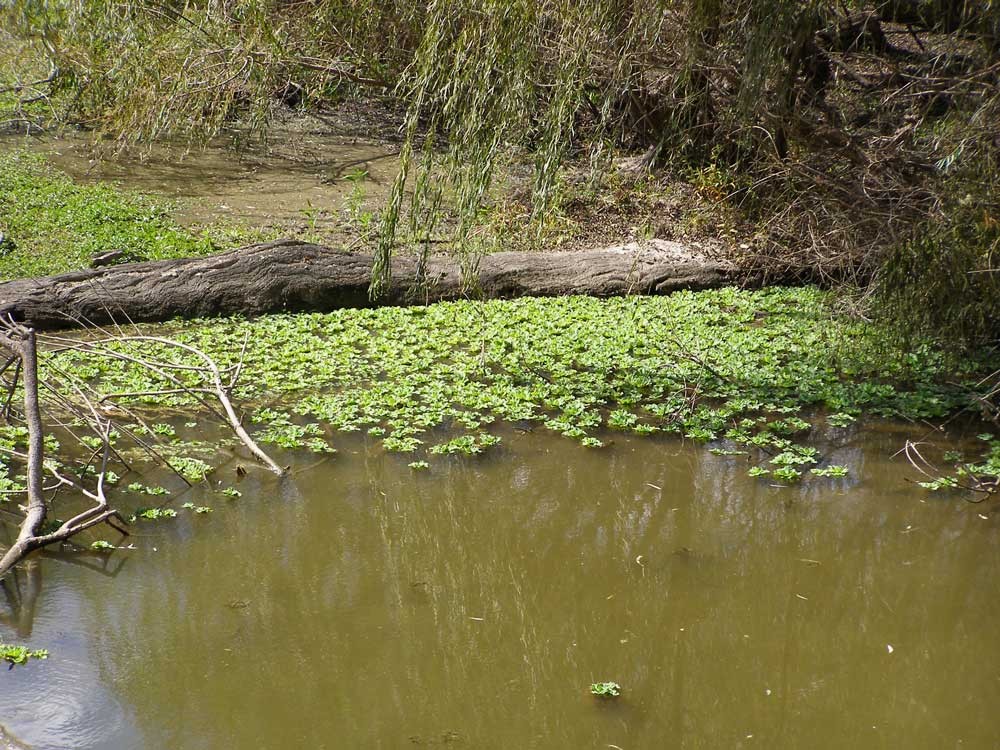Community Investing Natural Investments
Post on: 25 Апрель, 2015 No Comment

Community Investing is a powerful local approach to putting your money to work in the service of your values.
By providing hardworking individuals and organizations with the financing they need to help themselves, Community Investing offers solutions to many twenty-first century challenges, from inner-city decay to the decline of the rain forests.
Anyone who remembers banker George Baileys service to his own hometown in the movie Its a Wonderful Life realizes that community banking is hardly a new idea. It boils down to investing money in the people who are making the community a better place to live.
Today, individual investors can participate in Community Investing through Community Development Financial Institutions (CDFIs): community banks and credit unions, community loan funds, and international micro-credit programs.
Your money could be:
- helping Filipe Reyes, an Ecuadorian crab vendor, expand his business from serving local Quito markets to becoming an exporter
- providing Leonids Makrusins a housing loan after immigrating to the US
- funding Sioux entrepreneurs Oti Kaga, a nonprofit housing development organization
- allowing Sudiarhan to join with five other women in her Chinese village to start a noodle business.
- financing Sam Winthrop to rebuild his corner store after the devastation of Hurricane Katrina.

On a smaller scale, community banking offers a way for virtually all of us to bring values into our financial lives.
Even if you only have a checking account, you can find a bank or credit union that reflects your sense of community while it handles your hard-earned paychecks. Community banks keep profits in the local community, and prioritize local economic development and loans. With CDs and savings accounts, community banks are a great way for many to take the first steps toward investing without sacrificing or ignoring their principles.
Community loan funds take the principle of getting capital to the underserved a step further. In some areas, loan funds fill gaps in the availability of community banking; in others, they serve borrowers who cannot afford or qualify for bank loans. In many areas of the country, local or regional community loan funds provide essential support for small businesses, social service agencies, and affordable housing programs.
In the international arena, one of the most dramatic developments in recent years is the global recognition of the power of microcredit to introduce economic development that works for the interests of under-served individuals and communities. As youve likely heard, microcredit pioneer Mohammed Yunuus received the 2006 Nobel Peace Prize for his work in the villages of Bangladesh, which has inspired the creation of similar initiatives worldwide. By providing small, low-interest loans and business planning education to poor but aspiring entrepreneurs with little or no collateral, microcredit programs have paved the way for a revolution in local economies throughout developing countries and in American inner-city communities.
Not only is Community Investing an effective way to get money into the grassroots, its also a wise element in a diversified portfolio.
As you make your asset allocation decisions, any monies that you choose to keep in cash or in low-risk investments might be considered as potential Community Investment assets. The parts of your portfolio that offer moderate, consistent returns, such as savings accounts and money-market checking accounts, could be replaced with proactive community-oriented vehicles.
For those interested in maximizing their social impact, many loan funds and microcredit institutions accept investments only at below-market interest rates, ranging from 0 to 4 percent. These funds serve programs and individuals at the margins of the economy, offering footholds on the climb to more traditional economic participation. When you calculate the small loss in interest income that you may receive, then realize that you are making the full value of your loan available to much-needed recipients, you will likely find that this is the most rewarding part of your Natural Investments portfolio. Indeed, the social return on Community Investments is much clearer, and arguably more helpful in changing the world, than almost any traditional corporate investments, even those featuring SRI companies and funds.
The amount and proportion of the portfolio devoted to community banking will depend on the investment style and priorities of each individual. Natural Investments advisors are committed to community investing, and will suggest suitable vehicles for your needs. We often help clients to find local community investment opportunities, such as a local loan fund. We were among the earliest members of The Forum for Sustainable and Responsible Investment’s (USSIF) 1% for Community program, and currently encourage all clients to allocate 2-3% of their portfolio to this purpose. Some clients find it rewarding to do more, putting much of their most conservative savings into community investments; ten percent could offer a solid – often FDIC insured – safety net to any Natural Investing portfolio.














